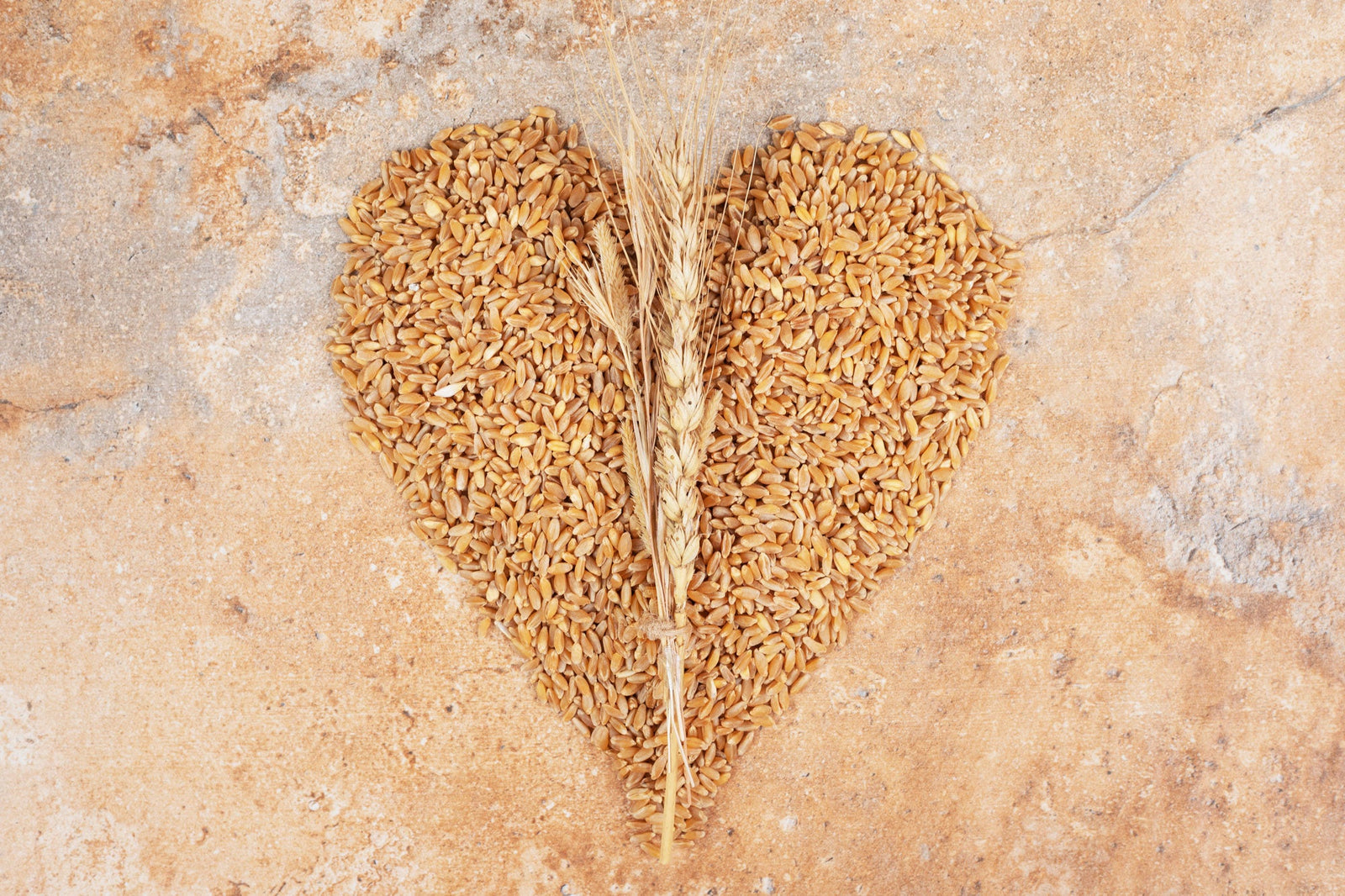Your Cart is Empty
Free shipping on Orders $79+
Free shipping on Orders $79+
Explore

How To Get Started With Fiber: 4 Simple Tips From a Doctor By Dr. Jason Dave
April 27, 2021 4 min read
Doctor’s Note
A new series featuring leading physicians who love plants as much as we do!
We’ve all heard health experts tell us “you need to eat morefiber!” Many studies have shown that eating enough fiber not only helps keep your bowel movements regular, but it can help you lower cholesterol, lose weight, get rid of harmful toxins, and lower your risk of developing type 2 diabetes. However, with the recommended U.S. dietary guidelines being 25 and 30 grams per day, consuming the amount of fiber you need is a lot easier said than done! On average, most adults only consume half of their daily requirements of fiber.
It doesn’t need to be hard to start implementing enough fiber in your diet. However, a lot of us don’t know how to properly start using fiber. Many of us have tried fiber in the past, but just end up getting symptoms like bloating and stomach cramps- so we end up stopping the fiber. Taking too much fiber too soon can cause these symptoms. But not to worry! We’ve created a simple guide below for you on how to start incorporating fiber into your diet in a healthy manner.
1. Moderation is key
It’s important that when you’re starting out, don’t try and aim for getting your entire entire daily recommended fiber intake on day 1. Your body needs time to adjust to increased fiber intake, which can take up to a few weeks. Be sure to start slow, drinking plenty of water along the way. You should aim for drinking at least 8-10 large glasses of water per day.
As a physician, some of the symptoms I’ve noticed in patients who start off taking too much fiber during the start of their health plan include:
- Bloating and stomach cramps –Research has found that consuming a large amount of fiber at once results in acute dilation (or expansion) of the large bowel as the fiber is moving through, causing pain and discomfort.To avoid this, start fiber at a lower dose (which can be as low as 3-4 grams once a day) and then work your way up gradually.
- Abdominal pain
- Constipation
- Diarrhea
- Gas
If you experience these symptoms, your body is telling you that you are consuming too much fiber and you need to lower your dose at the beginning until your body can gradually handle a higher dose. But not to worry! These symptoms are usually only temporary when starting a new fiber regime.
Fiber is also contained in many detoxification products. Since fiber assists in detoxification and helps rid the body of harmful toxins, there are certain symptoms to also watch out for during this cleansing process. These symptoms can include headaches, insomnia, tiredness, fatigue and irritability. Don’t worry- these symptoms are also only temporary and your body’s way of healing during the detoxification process. If you are experiencing these types of symptoms, simply try and reduce the fiber serving size by half, double your intake of water and to go to bed one hour earlier.
2. Start your morning off right
Plan to include at least 5-7 grams of fiber to your breakfast each morning. Some simple ways to do this are with oatmeal, avocado on whole grain toast, nuts, bran cereal or high fiber fruits (such as raspberries, blackberries and blueberries). Starting your morning with fiber will not only promote a healthy gut, but can also help you maintain a healthy weight, blood sugar and cholesterol level.

3. Take a high-quality fiber supplement
If you’re finding it hard to get enough fiber, consider taking a fiber supplement to keep your fiber intake on track each day.Unfortunately, many fiber supplements out theredon’t provide enough fiber, taste bland, or provide inadequate amounts of fiber. Many of them also contain lots of additives and preservatives that can be harmful to your body.
But don’t worry! Our delicious Pineapple Chia Cleanse contains all the fiber you need, as well as plenty of prebiotics and probiotics. These ingredients all work together to keep your digestive tract moving smoothly, eliminate harmful toxins, cut cravings, support the growth of beneficial gut bacteria, and keep those extra pounds off.
* Note- When just getting started with a fiber, we recommend starting off with just 1/3 of the scoop once a day with plenty of water. After a few days of good results, you can increase to 2/3 scoop for another week, then work your way up to a full scoop. You will want to take it easy to start- increase fluids and physical activity to help move things along. It is also important to remember that large amounts of fiber can affect the absorption of medications, so take your medications one to two hours before taking a fiber supplement.
4. Try healthier fiber alternatives
If you’re looking to increase fiber intake in your diet, you don’t have to sacrifice foods that you enjoy! If you have a hard time saying no to foods like white bread and rice, choose substitutes that are high in fiber such as quinoa, brown rice and whole grain breads instead. Also, try adding more fiber to your existing meals. For example, adding more nuts, seeds, and a variety of vegetables like broccoli and carrots to your salads can help boost fiber intake.
For some more great detailed information on how fiber manages to benefit our body, please don’t forget to check out our blogThe Secret Substance That Is The Key To Health.
In health,
Dr. Jason Dave
Doctor’s Note
A new series featuring leading physicians who love plants as much as we do!
For more SMART lifestyle tips like this, visit our other blogs at www.smartpressedjuice.com and follow us on Instagram or like us on Facebook. You can also visit our shop to stock up on our delicious juices.
Statements made on this website have not been evaluated by the U.S. Food and Drug Administration. Information provided by this website or this company is not a substitute for direct, individual medical treatment or advice. It is the responsibility of you and your healthcare providers to make all decisions regarding your health. We recommend that you consult with your healthcare providers regarding the diagnosis and treatment of any disease or condition. Products sold on this website are not intended to diagnose, treat, cure, or prevent any disease.
{"themeColor":"#574CD5","iconColor":"#574CD5","showLogo":true,"topBottomPosition":10,"rightLeftPosition":10,"iconSize":"small","iconCustomSize":64,"position":"bottom-left"}

